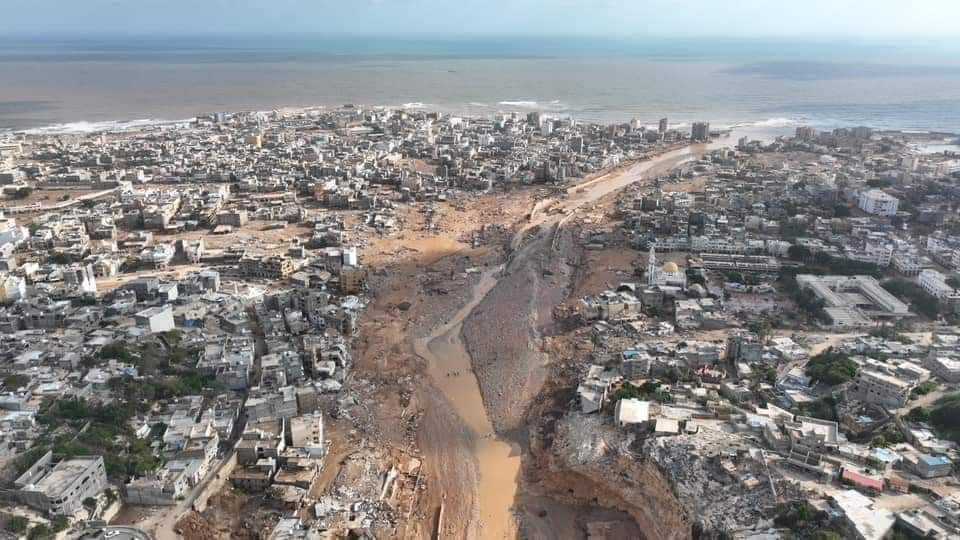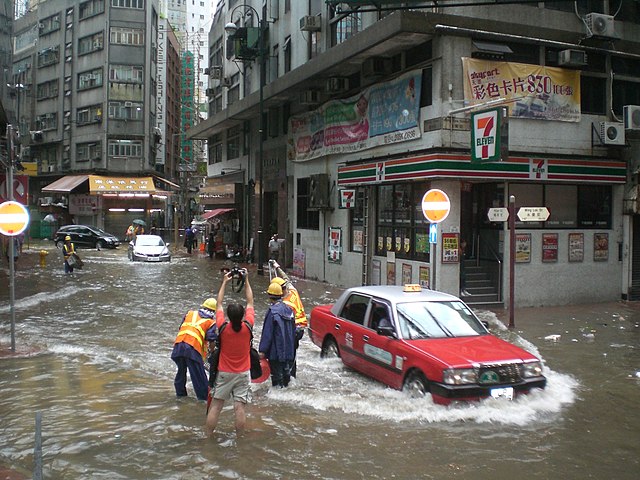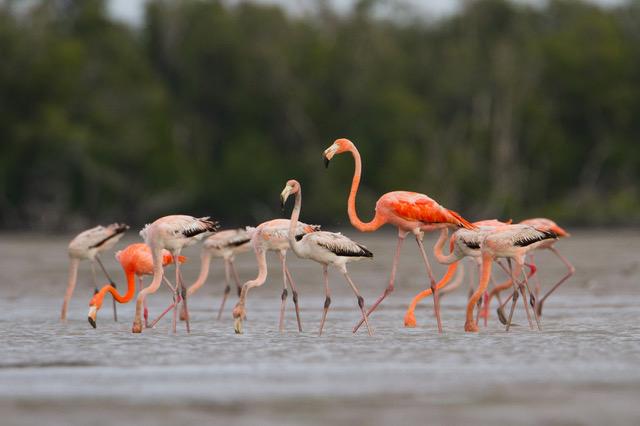 In a summer that broke heat records, the world also saw its share of unusual hurricanes and intense storms.
In a summer that broke heat records, the world also saw its share of unusual hurricanes and intense storms.
Hurricane Idalia, a powerful category four hurricane, made landfall on August 30, hitting Keaton Beach near Tallahassee Florida, and destroying around 1,600 houses. It registered wind speeds of up to 125 mph, creating storm surges of around 12 feet before moving on to North Carolina.
Southern California was hit by tropical storm Hilary -- the first of its kind to make landfall after nearly 84 years! The usually sunny city of Palm Springs saw around three inches of rain, and wind speeds reached 35 miles an hour.
Other cities faced their own cyclones and storms, turning roads into rivers in places such as Montpelier, Vermont, and Rio Grande do Sul, Brazil. And this week, Mediterranean storm Daniel caused massive flooding in the coastal city of Derna, Libya, and caused an unprecedented human toll of 11,500.
With storms and hurricanes increasingly becoming a problem, it has led people to ask what is causing this recent spate of outbreaks.
Warmer Air, Warming Oceans
 Every few years, the Pacific Ocean experiences warmer temperatures, causing a weakening of trade winds for about 9-12 months. This event drives annual shifts in surface temperature warming trends around the globe. During El Niño, some areas are hot and dry, while others see a deluge of rain and storms.
Every few years, the Pacific Ocean experiences warmer temperatures, causing a weakening of trade winds for about 9-12 months. This event drives annual shifts in surface temperature warming trends around the globe. During El Niño, some areas are hot and dry, while others see a deluge of rain and storms.
To add to this natural phenomenon, human-induced climate change has led to an average global temperature increase of 1.1ºC and warming of our oceans, including the typically cooler waters of the Pacific. More heat energy in the oceans means that as hurricanes travel, they draw in more water vapor, leading to more powerful - and dangerous - storms. For every 1ºC rise in temperature, the atmosphere can hold 7% more water vapor, intensifying hurricanes and causing heavier rains.
We know liquids expand with heat and our oceans are no different. The expansion of ocean water combined with melting ice caps and more water being discharged into our oceans, causes sea levels to rise. This, in turn, leads to higher, deadlier storm surges.
Impacts From September Storms
On September 1, an unusual rainstorm trapped around 70,000 people at the Burning Man festival in the Nevada desert, turning the area into a muddy mess.
Last week, Hong Kong and China faced a downpour as the remnants of Typhoon Haikui made their way along the coast. The Hong Kong Observatory even reported six inches of rain in one hour, the highest since records began. The heavy rains submerged streets and the metro system in the city.
 The same week, Greece saw its fertile agricultural plains converted into a giant lake as Storm Daniel dumped twice the average amount of rain. The Mediterranian storm then slammed into the coastal town of Derna in Libya, causing two dams that protect the port city to burst and wash away entire neighborhoods. The crisis in Libya is exacerbated by the lack of a stable government in the country with two rival factions claiming power.
The same week, Greece saw its fertile agricultural plains converted into a giant lake as Storm Daniel dumped twice the average amount of rain. The Mediterranian storm then slammed into the coastal town of Derna in Libya, causing two dams that protect the port city to burst and wash away entire neighborhoods. The crisis in Libya is exacerbated by the lack of a stable government in the country with two rival factions claiming power.
The floods in Brazil in the first week of September were no less intense. The city of Rio Grande do Sul in Brazil faced a cyclone that dropped nearly 12 inches of rain on the city and triggered floods and landslides.
Closer to home, Hurricane Idalia washed away the sand dunes and shorelines that protect the communities and fragile ecosystems of Florida's coasts. Not only were turtle nests washed away but migrating flamingos were blown off course, with many landing on the coast of North Carolina and as far north as Ohio and Pennsylvania.
Are all these events linked to climate change? Scientists tell us that while all these regions have seen flooding in the past, such extreme events don't happen simultaneously. Climate change is certainly responsible, but there is still time to reverse course and set our path toward a more sustainable - and less stormy - future.
Sources: NPR, Euronews, NY Times, CBS, BBC







